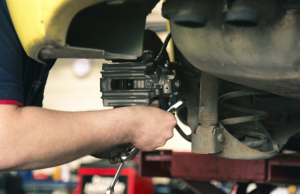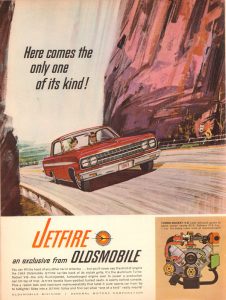 Car maintenance is an important aspect of ensuring a vehicle runs smoothly. Executing such action bears even greater significance3 during the wintertime. This brief blog highlights several suggestions car owners can employ to keep their cars functioning at an optimal level during these cold, potentially harsh weather months.
Car maintenance is an important aspect of ensuring a vehicle runs smoothly. Executing such action bears even greater significance3 during the wintertime. This brief blog highlights several suggestions car owners can employ to keep their cars functioning at an optimal level during these cold, potentially harsh weather months.
Check and Change The Oil
Oil is vital to the operation of a vehicle’s engine. Many mechanics recommend changing oil every three months or every 3,000 to 5,000 miles traveled regardless of the season of year. However, during the wintertime, oil might thicken, which could threaten proper engine flow. Therefore, during colder periods, it is suggested that car owners check their oil content on a more frequent basis.
Install Snow Tires
Vehicle owners residing in regions prone to receiving significant quantities of snow and ice might wish to consider installing snow tires. Unlike typical tires, snow tires are designed to tread through adverse weather conditions and give drivers better traction, which may lead to maintaining better control of their vehicles during harsh weather.
Practice Battery Maintenance
During the summer months, a car’s battery expends much power. Unfortunately, this occurrence often precipitates a gradual weakening that is exacerbated by cold temperatures. Should the weakening become pronounced, car owners may experience a dead battery will require recharging or possibly replacing. Either situation could present a major hassle and expense to a driver. To avoid this pitfall, mechanics recommend drivers have their car batteries tested in advance of the winter season.
Ensure Proper Antifreeze Levels
As the substance’s name would indicate, antifreeze ensures the liquids that flow through a vehicle’s working parts do not freeze, which enables said structures to operate efficiently during cold durations. Drivers are encouraged to ask their mechanics to test the potency of and measure antifreeze levels.
Preserve Visibility
Few issues carry more importance than a driver’s ability to see during adverse weather conditions. Preserving visibility can be accomplished by executing actions such as installing winter windshield wipers, placing fresh bulbs in headlights and ensuring the windshield wiper tank is filled with deicing fluid.
Have The Radiator Cap And Thermostat Inspected
The radiator cap plays an integral role in preventing antifreeze leaks and ensuring the radiator functions properly. A vehicle’s thermostat regulates systemic internal temperature. Mechanics highly recommend having both parts examined and, if need be replaced prior to the winter driving season.







